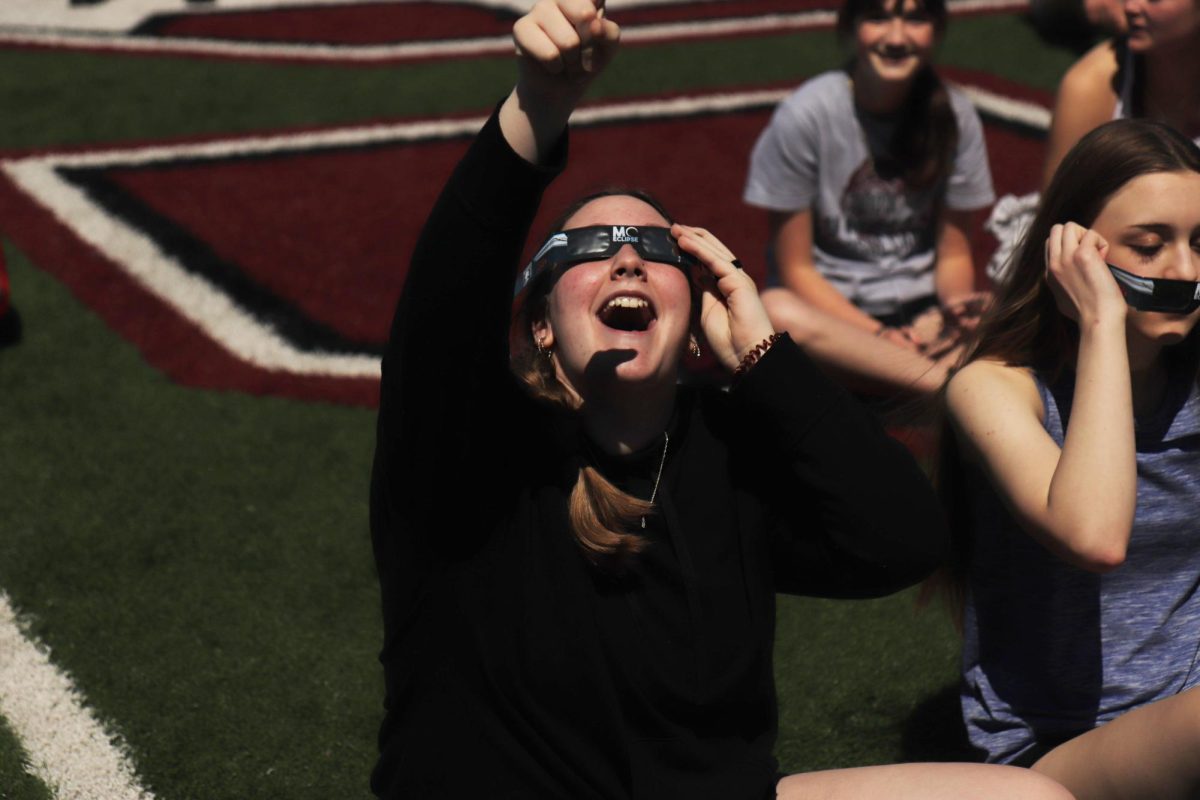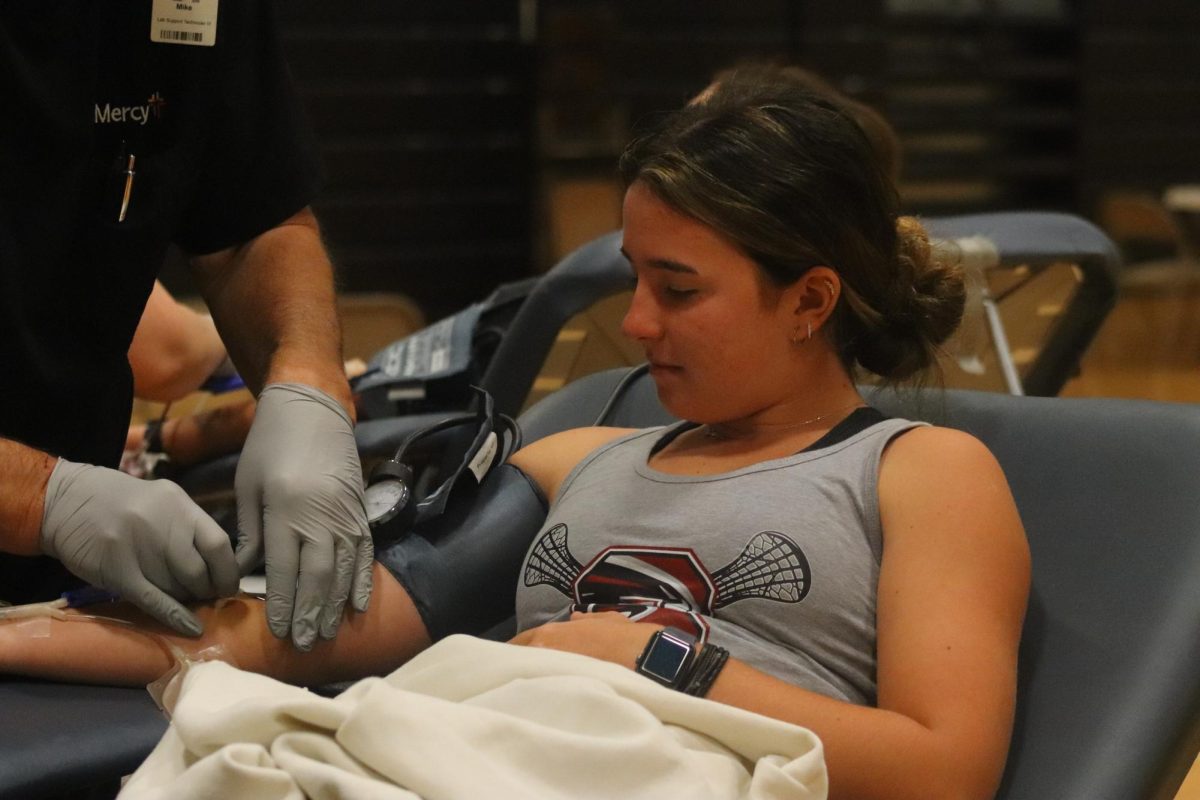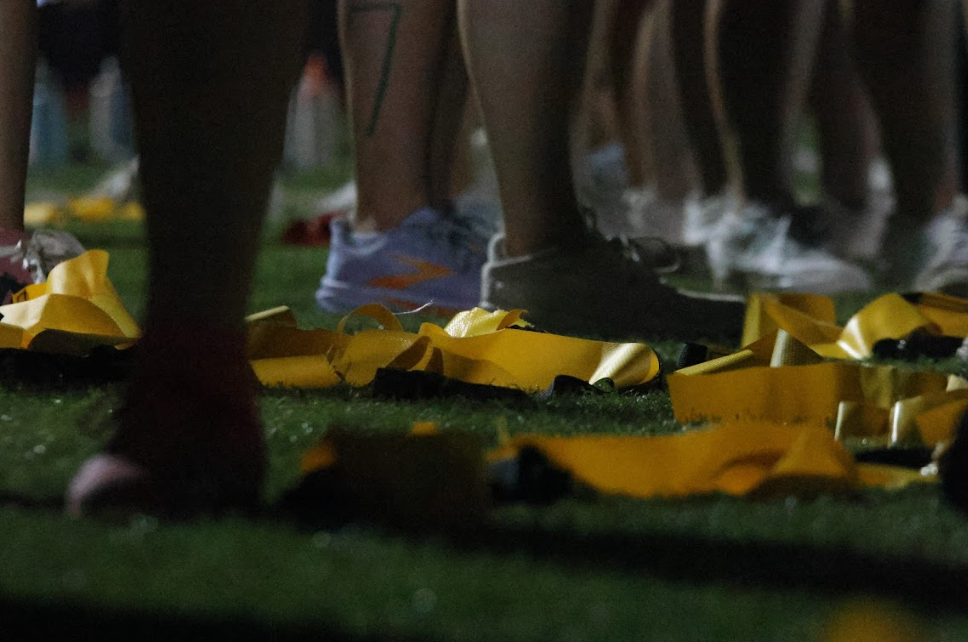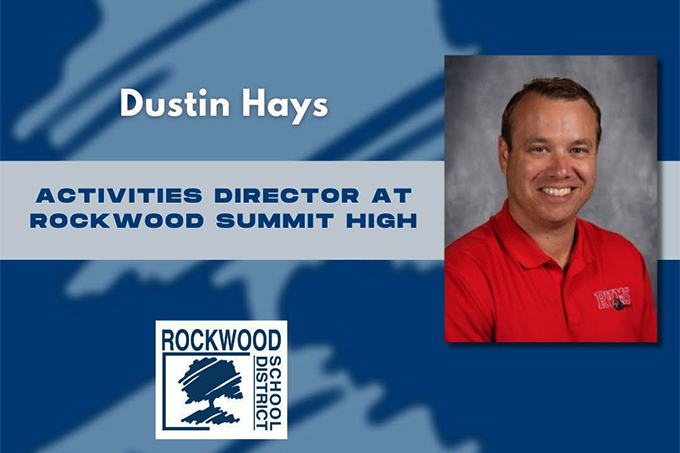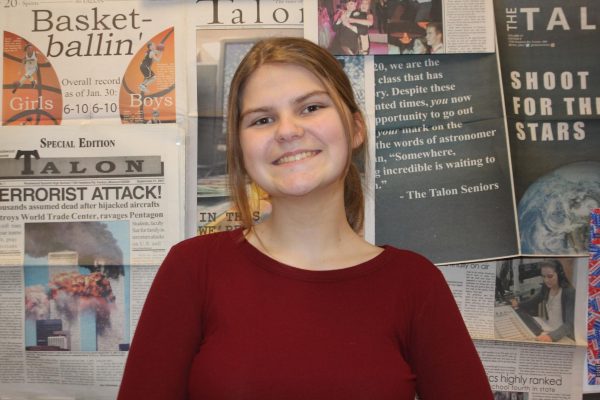On April 8, a solar eclipse passed over North America, giving Fenton the view of 99 percent totality.
Students traded in their AcLab time for an afternoon on the football field, where they could catch a glimpse of maximum coverage around 2 P.. Freshman Kendyll Pike said she was glad she got to witness the eclipse at school so she could be around her friends.
“I really enjoyed the [eclipse]. I really liked being able to be with my friends and experience something like this with them because next time I’ll be older and I might not get to [see] it with my friends,” Pike said.
Other students, though, opted to take the day off and travel to a path of totality. Junior Aliza Carlson’s family was one of many that flocked south for the event, where Carlson said she watched the eclipse near Cape Girardeau.
“My family thought it would be a cool idea to see it in complete totality, and it was really cool. It was completely dark for like 5 minutes, and cars were pulling off on the side of the road to watch it. All of the lights came on for all the different buildings and the cars’ headlights. You could kind of see the moon, but there was like a ring of sunlight around it and that was really cool,” Carlson said.
This is the second solar eclipse to be visible from the St. Louis area in the last seven years; however, this frequency is uncommon. Prior to the 2017 event, the most recent solar eclipse took place in 1979, and another won’t be visible until 2044– even then, Missouri will not be in the path of totality. For science teacher Sarah Moonier, her enjoyment of the last eclipse and the distance of the next one motivated her to go see the eclipse in totality in Sparta, Illinois.
“I’m a science nerd so I remembered it from 2017 and I loved the entire experience. With it only happening in our area again in another 20 years and that I’ve had to travel further, I wanted to not pass that up. I also didn’t get to experience it with my kids last time because they stayed at their schools, and I thought it would be really fun to do as a family,” Moonier said.
When comparing her experiences between this year’s eclipse and the one she experienced seven years ago, Pike said she enjoyed the 2024 one more because she is older and has a greater understanding of the event.
“I was in third grade [during the last eclipse], so I was 8. [This year,] I just got to acknowledge it more and I understood everything. It made more sense,” Pike said.
In a scientific sense, the two eclipses were also very different experiences. Totality lasted for nearly five minutes in areas that got complete coverage this year because of the moon’s close distance to the Earth, whereas 2017 eclipse viewers only saw totality for about two minutes. The 2024 eclipse also occurred during a period of solar maximum, where the sun is at peak solar activity. The sun’s streamers of light were even brighter than 2017’s, and Carlson said the difference was noticeable.
“Just remembering the way it looked in 2017, I feel like this was more impressive,” Carlson said.

